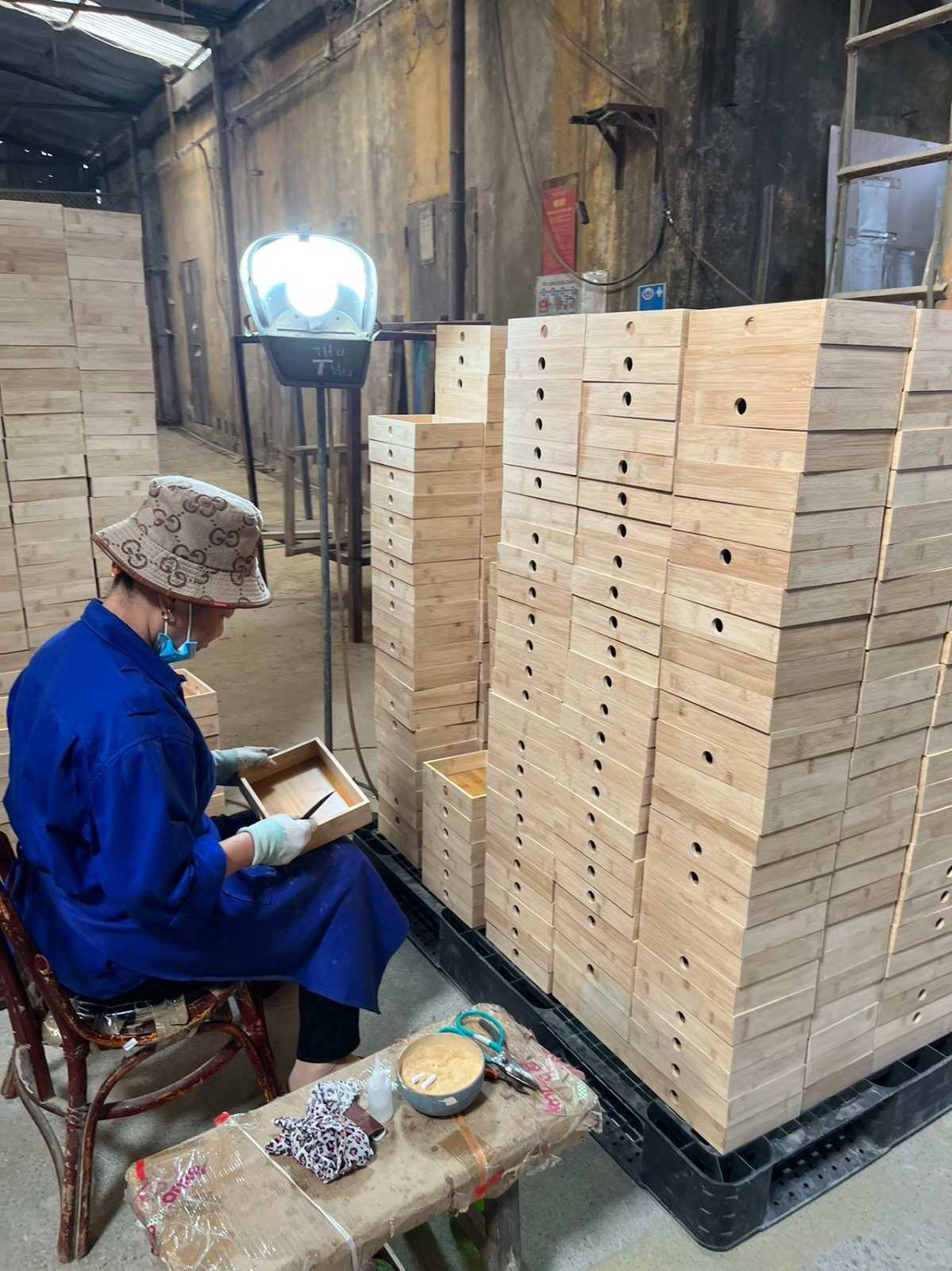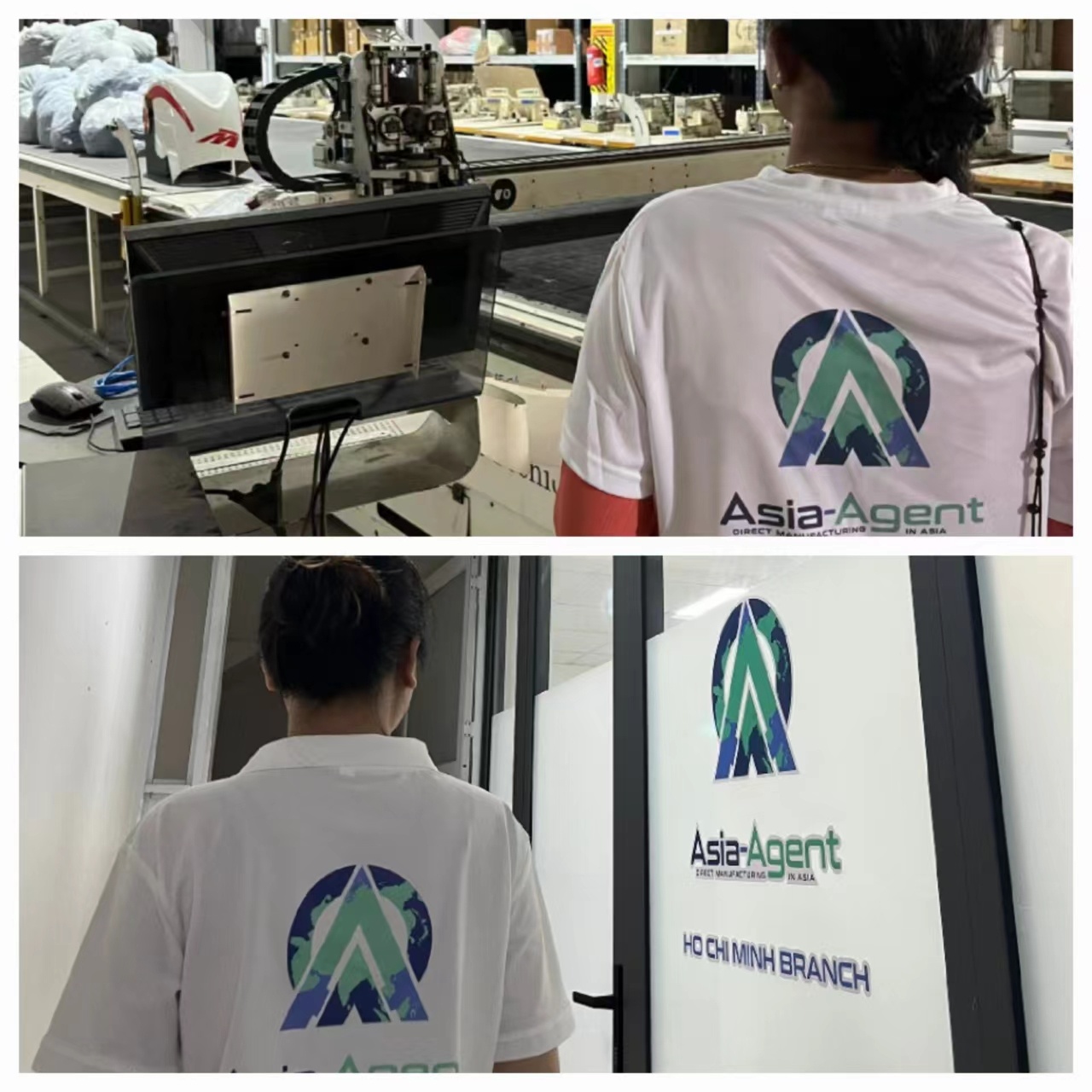The Next Tariff Could Hit Your Category—Are You Ready?
If there’s one thing we’ve learned from Trump’s tariff playbook, it’s this:
No category is safe, and no warning is guaranteed.
First it was steel. Then chips. Then furniture. Now it’s cars, consumer goods, and even pharmaceuticals.
And under the “reciprocal tariff” framework, entire categories can get swept up simply because another country imposes duties on U.S. products.
So the real question is: Have you stress-tested your supply chain yet?
If a new 25% tariff lands on your product line tomorrow, will your brand absorb it, pass it on, or collapse under it?
At Asia Agent, we help clients prepare before the tariffs land—not after—by identifying vulnerabilities, moving high-risk SKUs, and securing new supplier relationships in countries that are still competitive, still flexible, and still ready to make a deal.
Tariffs Aren’t Just a China Problem Anymore
Reciprocal tariffs are retaliatory by nature.
That means your product could be penalized even if you’re not producing in China—if it’s seen as part of an imbalanced trade.
Examples:
- If India raises tariffs on U.S. wheat → U.S. hits Indian pharmaceuticals
- If Vietnam subsidizes raw materials → U.S. targets finished goods
- If Taiwan restricts U.S. imports → U.S. hits electronics and semiconductors
You may be collateral damage—and you won’t know until it’s too late.
3 Signs Your Product Line Is Tariff-Vulnerable
🚩 1. You Rely on a Single Country for Production
Whether it’s China, Vietnam, or India—one-country dependence is now a liability.
🚩 2. You Don’t Know Your BOM Source Breakdown
If your product includes components from multiple countries, you might not even know what your true country of origin is.
That’s a customs nightmare in a tariff war.
🚩 3. Your Product Category Has Been Targeted Before
If your category was tariffed in 2018–2020, you’re likely on the short list for new enforcement.
Think: electronics, textiles, steel, furniture, toys, auto parts, plastics, pharma.
Asia Agent’s Approach: Prepare, Protect, Pivot
We don’t wait for the next announcement.
We help you act now—so you’re not caught scrambling later.
✅ Step 1: BOM & Supply Chain Exposure Review
We audit your product categories to determine:
- How much of your cost structure is China-linked
- Which components come from tariff-vulnerable regions
- Where you lack redundancy or clarity
Then we show you where you’re exposed—and how to fix it.
✅ Step 2: SKU Risk Segmentation
We help you categorize your product lines by:
- Tariff exposure
- Labor cost sensitivity
- Compliance complexity
- Volume and launch schedules
That allows you to decide what moves first, what stays for now, and what needs a backup.
✅ Step 3: Set Up Low-Risk, Deal-Ready Hubs
We help you establish production in countries that:
- Have better U.S. trade alignment
- Are unlikely to be hit with short-term tariff escalation
- Still have real labor cost advantages (Bangladesh, Indonesia, India)
You can’t eliminate risk—but you can shift to smarter risk.
✅ Step 4: Build Pivot-Ready Capacity
We don’t just set up one new supplier.
We help you:
- Create primary + backup options
- Build production redundancy
- Pre-load BOMs, packaging, and artwork with multiple factories
- Contract them now, so you can flip a switch later
This is how the best brands move before they’re pushed.
You Can’t Predict the Next Tariff—But You Can Be Ready for It
In this environment, surprises aren’t an excuse. They’re a warning.
The brands that survive aren’t the ones with the most cash—they’re the ones with the most flexibility.
Asia Agent helps you protect your supply chain before tariffs land—by identifying risk, diversifying production, and managing everything on the ground.
Let’s get ahead of the next tariff—not run from it.




